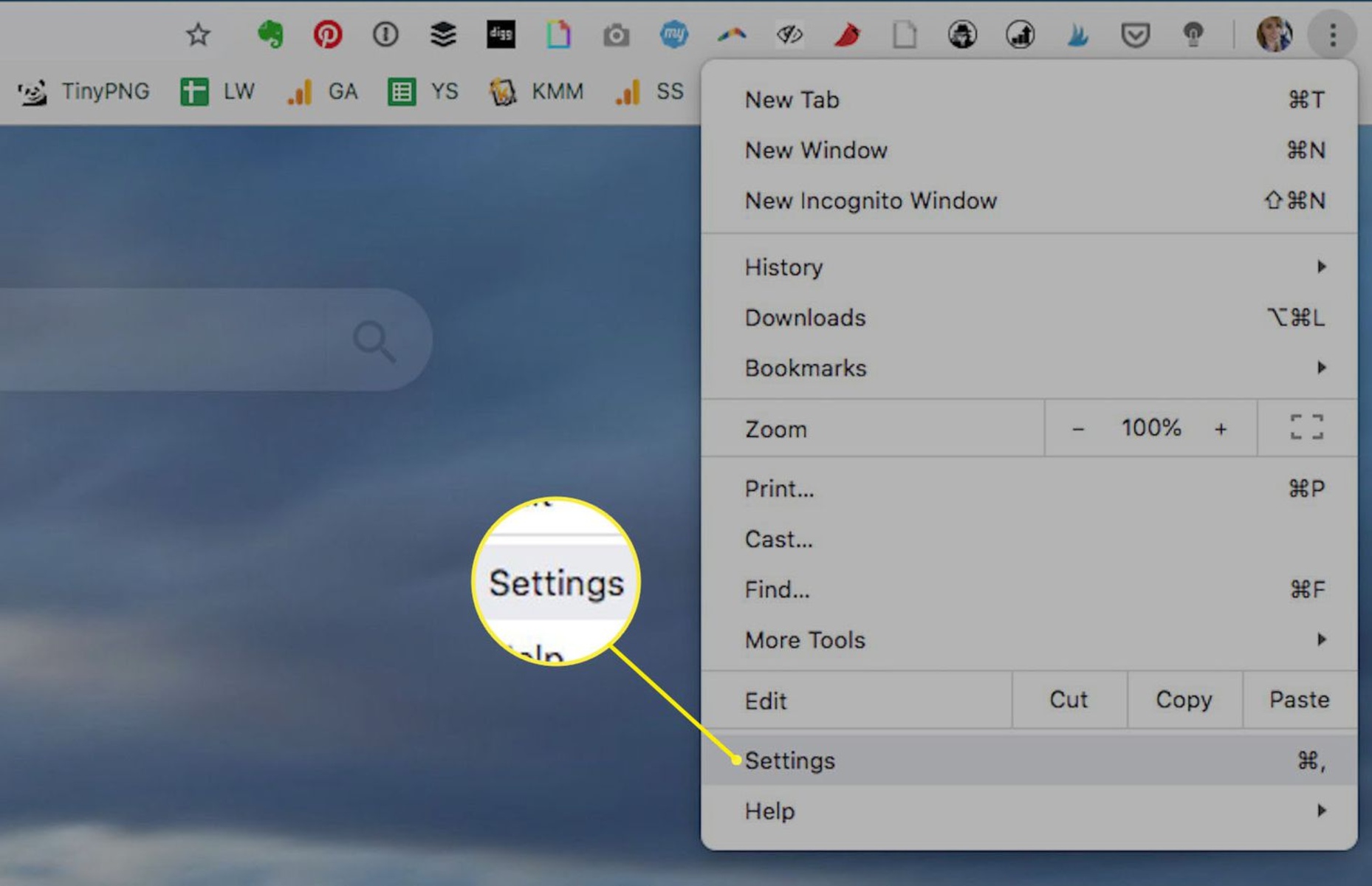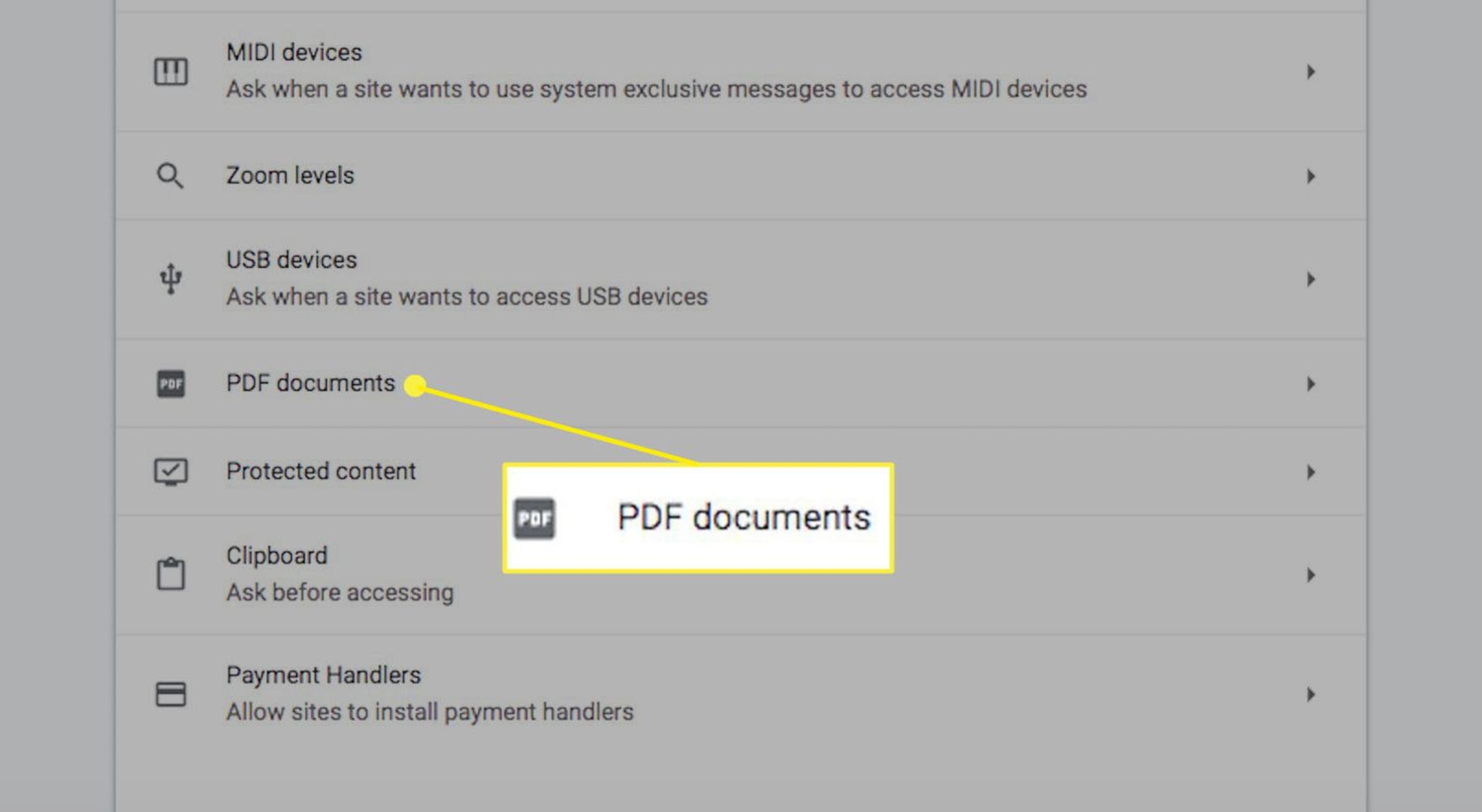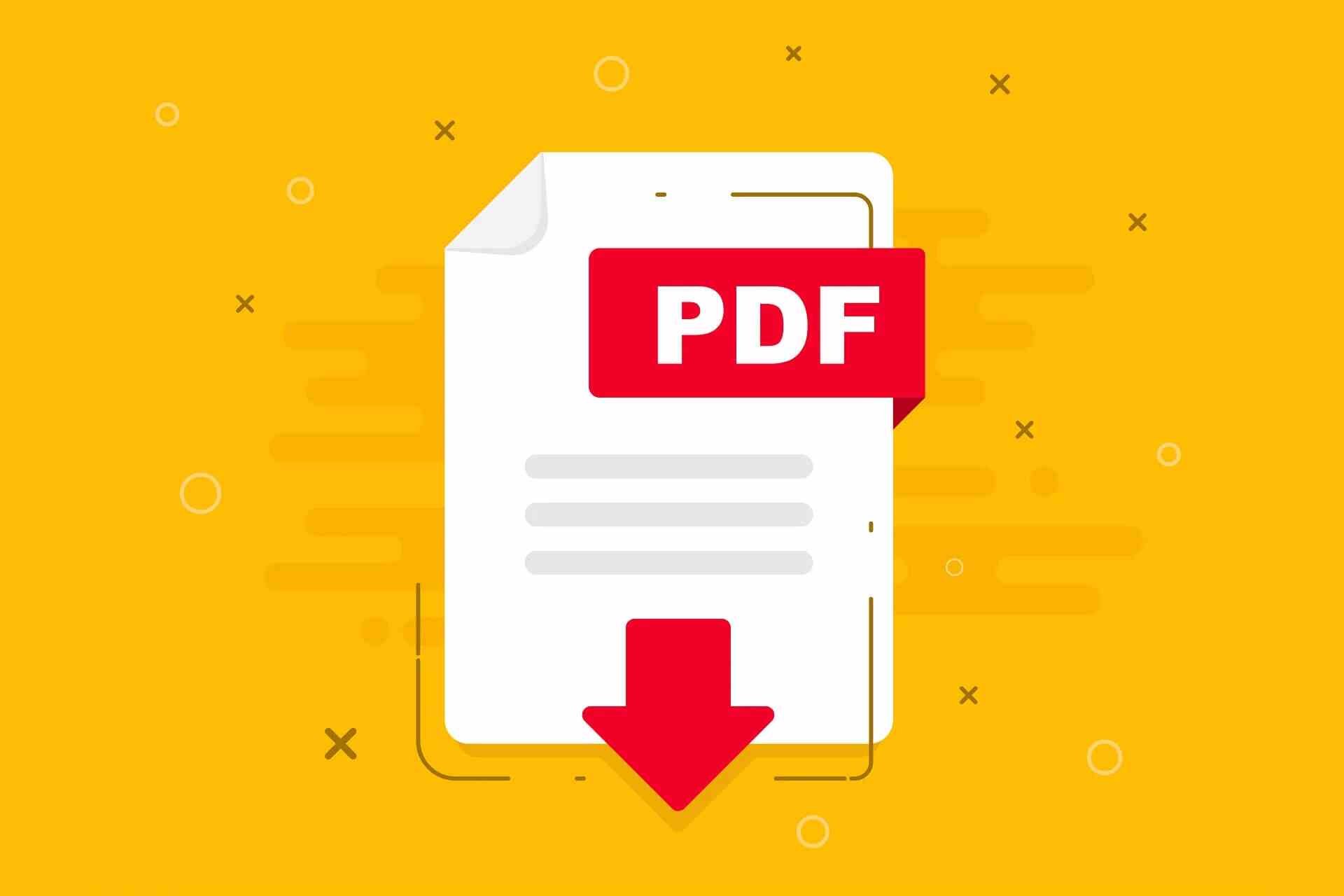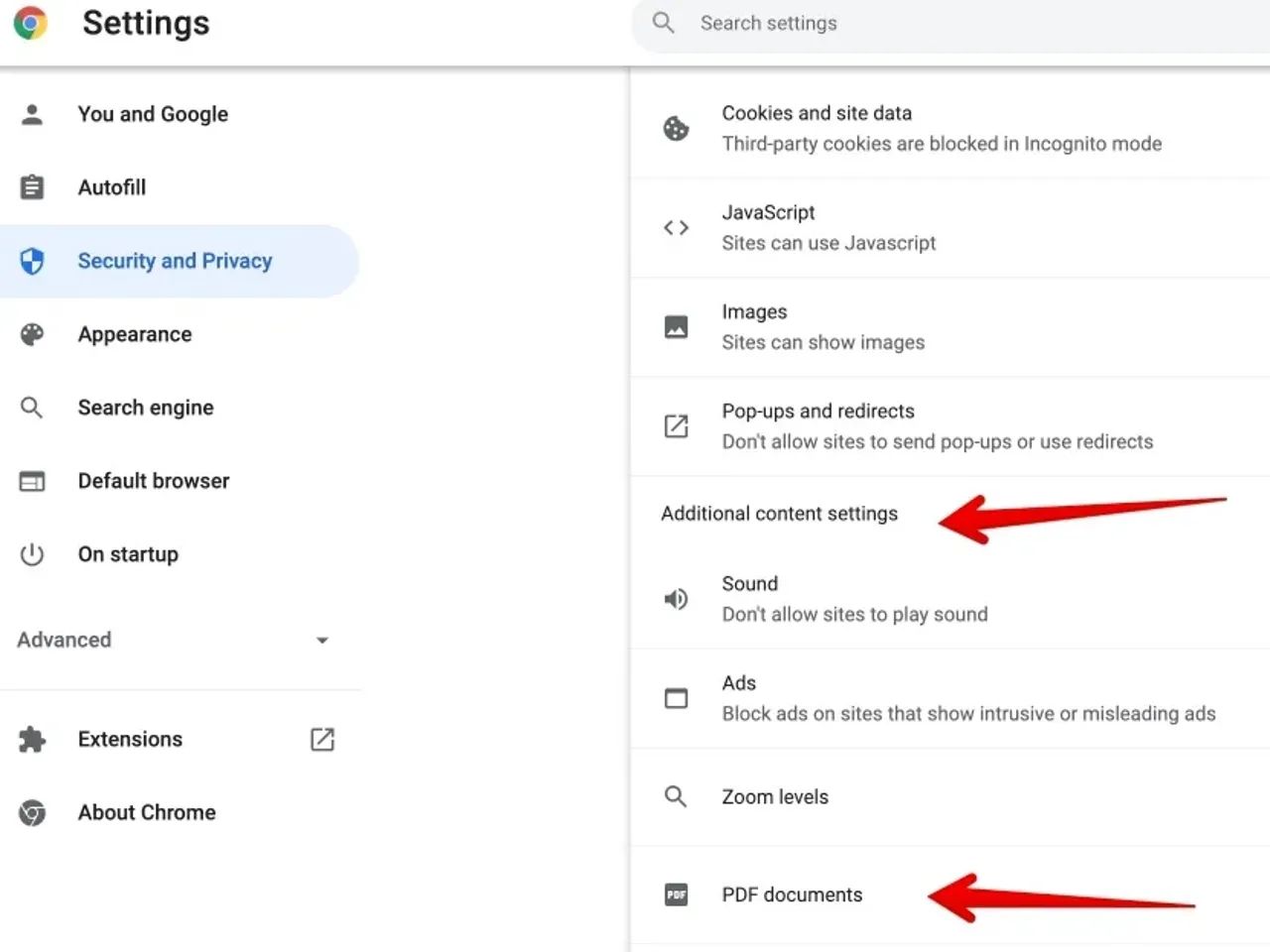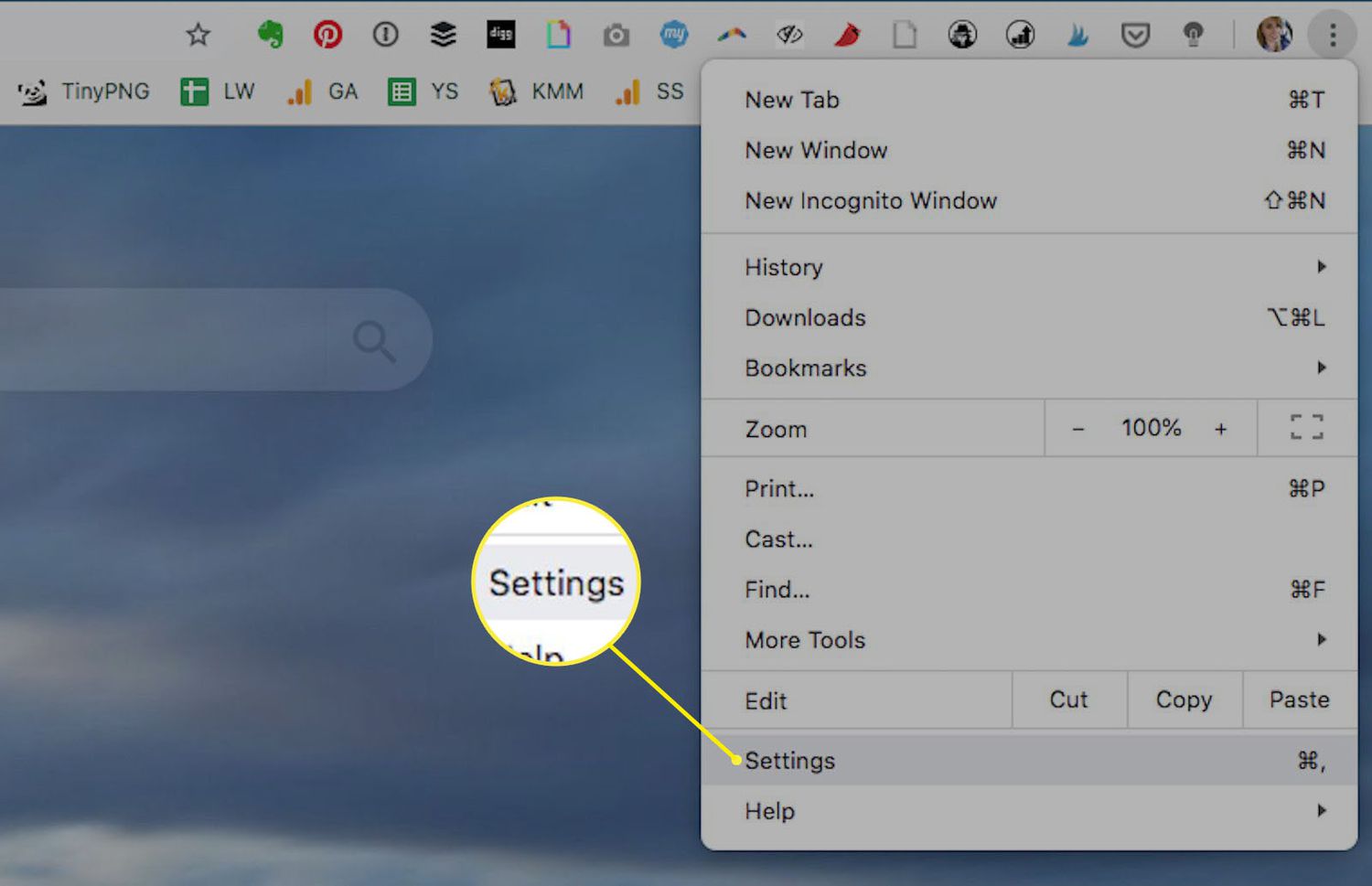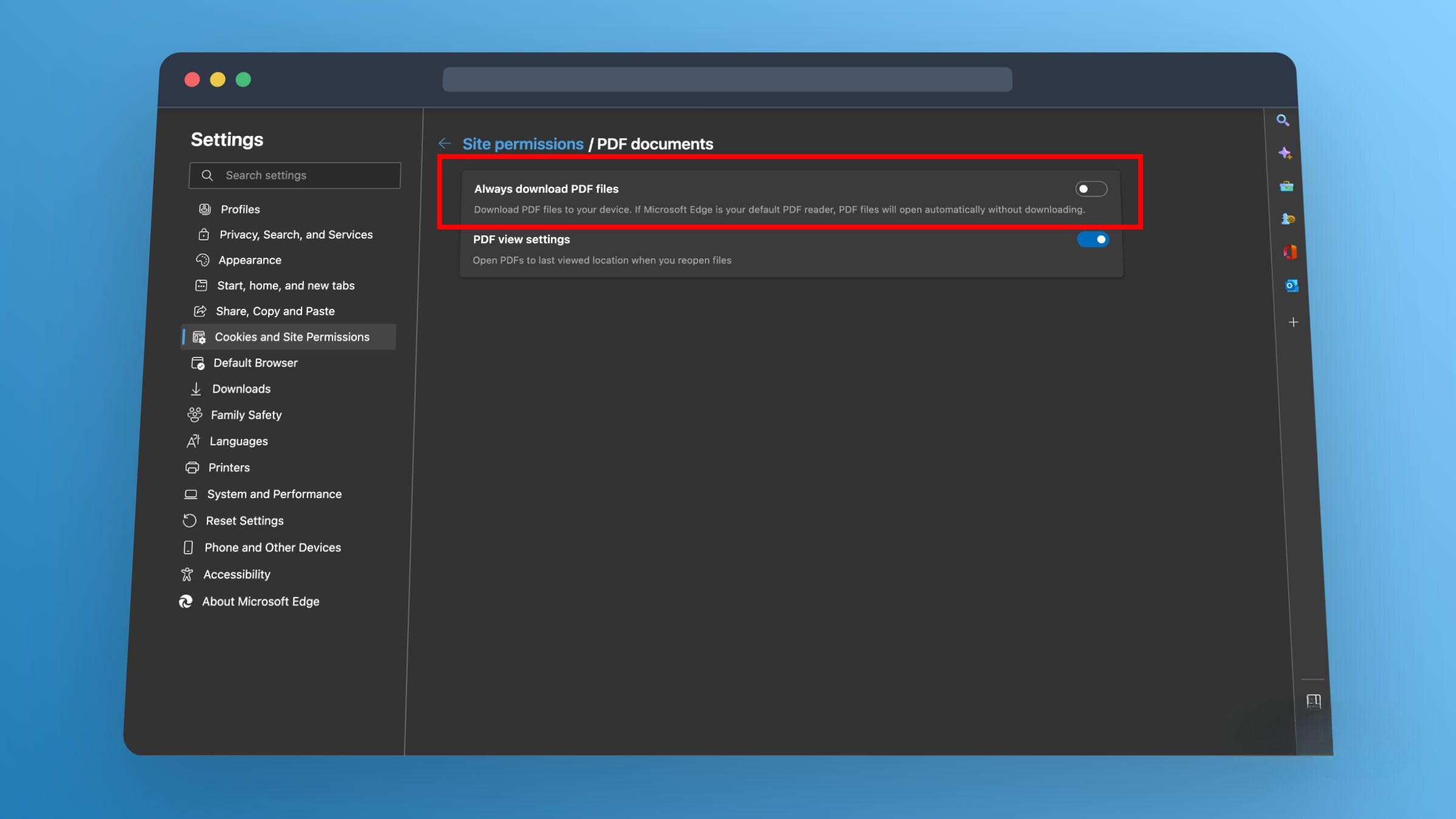Introduction
In today's digital age, the ability to seamlessly access and view PDF files directly within a web browser has become increasingly important. This convenience not only saves time but also enhances the overall user experience. Many individuals and businesses prefer to open PDFs in their browsers rather than downloading them, as it allows for quick and easy access to the content without cluttering their devices with unnecessary files.
Opening PDFs in a browser offers several advantages, including the ability to view the document without leaving the current web page, eliminating the need to switch between applications or download the file to a local device. Additionally, it provides a more streamlined and efficient way to access information, making it ideal for users who frequently interact with PDF content.
In this article, we will explore the reasons why opening PDFs in a browser is preferred over downloading them, and we will provide step-by-step instructions on how to configure browser settings to achieve this. Furthermore, we will delve into the process of embedding PDFs directly into web pages, offering a comprehensive guide for web developers and content creators.
By the end of this article, readers will have a clear understanding of the benefits of opening PDFs in a browser, along with the practical knowledge required to implement this functionality in their own web browsing experience or web development projects. Let's embark on this journey to optimize the way we interact with PDF files on the web!
Why Open PDF in Browser Instead of Downloading?
Opening PDF files directly in a web browser offers numerous advantages that significantly enhance the user experience. Here are several compelling reasons why opting to view PDFs in a browser is preferred over downloading them:
-
Convenience: Opening PDFs in a browser eliminates the need to download and save files locally, streamlining the process of accessing and viewing content. Users can simply click on a link to open the PDF within the browser window, saving time and reducing the hassle of managing downloaded files.
-
Seamless Integration: By opening PDFs in a browser, users can seamlessly view the content without leaving the current web page. This integration allows for a smoother browsing experience, as there is no need to switch between applications or disrupt the flow of online activities.
-
Reduced Clutter: Avoiding the download of PDF files helps in keeping local storage uncluttered. Users can access the information they need without accumulating unnecessary files on their devices, contributing to a more organized and efficient digital environment.
-
Enhanced Security: Opening PDFs in a browser can provide an added layer of security, as modern browsers often include built-in features to protect against potentially malicious content. This reduces the risk associated with downloading files from unknown or untrusted sources.
-
Cross-Platform Compatibility: Browsers offer a consistent and familiar interface for viewing PDFs across different devices and operating systems. This ensures that the content is accessible to a wider audience without compatibility issues that may arise from downloading and opening PDFs using various software applications.
-
Accessibility Features: Many modern web browsers are equipped with accessibility features that enhance the readability and usability of PDF content, such as text-to-speech functionality and screen reader support. By opening PDFs in a browser, users can take advantage of these features to accommodate diverse needs and preferences.
-
Real-Time Updates: When PDFs are opened in a browser, users can benefit from real-time updates and revisions to the content without having to download the file repeatedly. This is particularly advantageous for documents that undergo frequent changes or require regular review.
By understanding the benefits of opening PDFs in a browser, users can optimize their interaction with digital content, enjoying a more efficient, secure, and integrated browsing experience.
This approach not only simplifies the process of accessing information but also aligns with modern web practices that prioritize convenience, security, and seamless integration.
How to Configure Browser Settings to Open PDFs in Browser
Configuring browser settings to open PDFs directly within the browser window is a straightforward process that can significantly enhance the user experience. By following these simple steps, users can ensure that PDF files are seamlessly displayed within their preferred web browser, eliminating the need to download and open them using external applications.
Step 1: Accessing Browser Settings
-
Google Chrome:
- In Google Chrome, navigate to the menu icon (three vertical dots) in the top-right corner of the browser window.
- Select "Settings" from the dropdown menu.
- Scroll down and click on "Advanced" to reveal additional settings.
- Under the "Privacy and security" section, click on "Site settings."
- Locate and click on "PDF documents" to access the settings for handling PDF files.
-
Mozilla Firefox:
- In Mozilla Firefox, click on the menu icon (three horizontal lines) in the top-right corner of the browser window.
- Select "Options" from the dropdown menu.
- In the left-hand navigation pane, click on "General."
- Scroll down to the "Applications" section to manage how Firefox handles different types of files, including PDFs.
-
Microsoft Edge:
- In Microsoft Edge, click on the menu icon (three horizontal dots) in the top-right corner of the browser window.
- Select "Settings" from the dropdown menu.
- Scroll down and click on "Cookies and site permissions" in the left-hand navigation pane.
- Click on "PDF documents" to customize how Edge handles PDF files.
Step 2: Configuring PDF Handling
Once the appropriate settings menu is accessed, users can customize how their browser handles PDF files. Options typically include:
-
Open in Browser: Enable this setting to instruct the browser to open PDFs within the browser window using its built-in PDF viewer or plugin.
-
Download PDFs: Users can choose to download PDF files directly or prompt for download, providing flexibility in managing PDF content.
-
Additional Settings: Some browsers offer advanced settings for handling PDFs, such as controlling the behavior of PDF links and embedded documents.
Step 3: Testing the Configuration
After adjusting the browser settings for handling PDFs, users can test the configuration by clicking on a PDF link or accessing a web page with embedded PDF content. The browser should now seamlessly display the PDF within the browser window, providing a more integrated and efficient viewing experience.
By following these steps to configure browser settings, users can ensure that PDF files are opened directly within the browser, optimizing the way they interact with digital content on the web. This approach streamlines the process of accessing information, reduces clutter, and enhances the overall browsing experience.
How to Embed PDFs in Web Pages
Embedding PDFs in web pages offers a seamless way to present documents directly within the context of a website, providing visitors with instant access to valuable content without the need for additional downloads or external applications. This approach not only enhances the user experience but also streamlines the dissemination of information, making it an effective strategy for sharing documents, reports, and other relevant materials online.
Step-by-Step Guide to Embed PDFs
-
Upload the PDF File: Begin by uploading the PDF file to the web server or a cloud storage service. This ensures that the document is accessible via a direct URL, which is essential for embedding it within a web page.
-
HTML Embed Code: Utilize HTML embed code to insert the PDF into the web page. The
<embed>tag is commonly used for this purpose, allowing the PDF to be displayed directly within the page's content area. The following is an example of the<embed>tag:html
In this example, "example.pdf" represents the URL or file path of the PDF, and the width and height attributes define the dimensions of the embedded PDF display area.
-
Alternative Approach with
<iframe>: Another method for embedding PDFs involves using the<iframe>tag, which allows the PDF to be displayed within a frame on the web page. The following is an example of the<iframe>tag:html
Similar to the
<embed>tag, "example.pdf" represents the URL or file path of the PDF, and the width and height attributes define the dimensions of the embedded PDF frame. -
Customization and Accessibility: Consider customizing the appearance and functionality of the embedded PDF, such as adjusting the dimensions, adding navigation controls, or providing accessibility features for users with diverse needs. Additionally, ensure that the embedded PDF is responsive and accessible across various devices and screen sizes.
-
Testing and Optimization: After embedding the PDF, thoroughly test its display and functionality across different web browsers and devices to ensure a consistent and user-friendly experience. Optimize the embedded PDF for performance and accessibility, making any necessary adjustments to enhance its presentation and usability.
By following these steps, web developers and content creators can effectively embed PDFs within web pages, offering a seamless and integrated approach to sharing valuable documents and resources with website visitors. This method enhances the accessibility and usability of PDF content, contributing to a more engaging and informative web browsing experience.
Conclusion
In conclusion, the ability to open PDFs directly within a web browser offers a myriad of benefits that significantly enhance the user experience. By opting to view PDFs in a browser instead of downloading them, individuals and businesses can enjoy increased convenience, seamless integration, reduced clutter, enhanced security, cross-platform compatibility, accessibility features, real-time updates, and more. This approach not only simplifies the process of accessing information but also aligns with modern web practices that prioritize convenience, security, and seamless integration.
Furthermore, configuring browser settings to open PDFs in the browser window is a straightforward process that empowers users to streamline their interaction with digital content. By customizing browser settings, individuals can ensure that PDF files are seamlessly displayed within their preferred web browser, eliminating the need to download and open them using external applications. This optimization not only saves time but also contributes to a more organized and efficient digital environment.
Moreover, the process of embedding PDFs directly into web pages offers a seamless way to present documents within the context of a website, providing visitors with instant access to valuable content without the need for additional downloads or external applications. This approach not only enhances the user experience but also streamlines the dissemination of information, making it an effective strategy for sharing documents, reports, and other relevant materials online.
By following the step-by-step guide to embed PDFs, web developers and content creators can effectively integrate PDF content within web pages, offering a seamless and integrated approach to sharing valuable documents and resources with website visitors. This method enhances the accessibility and usability of PDF content, contributing to a more engaging and informative web browsing experience.
In essence, the practice of opening PDFs in a browser, configuring browser settings for optimal PDF handling, and embedding PDFs within web pages represents a commitment to enhancing the accessibility, usability, and overall user experience of digital content. By embracing these practices, individuals and organizations can optimize the way they interact with PDF files on the web, ultimately contributing to a more efficient, secure, and integrated browsing experience for all users.









